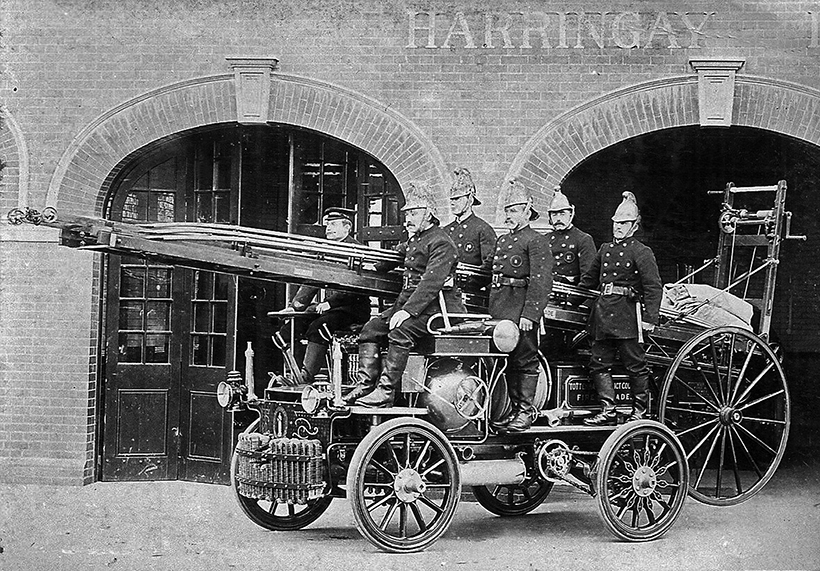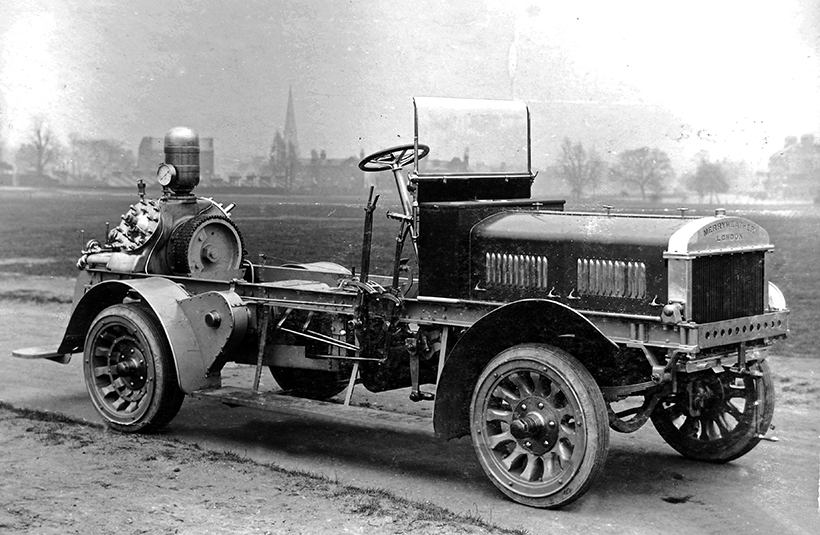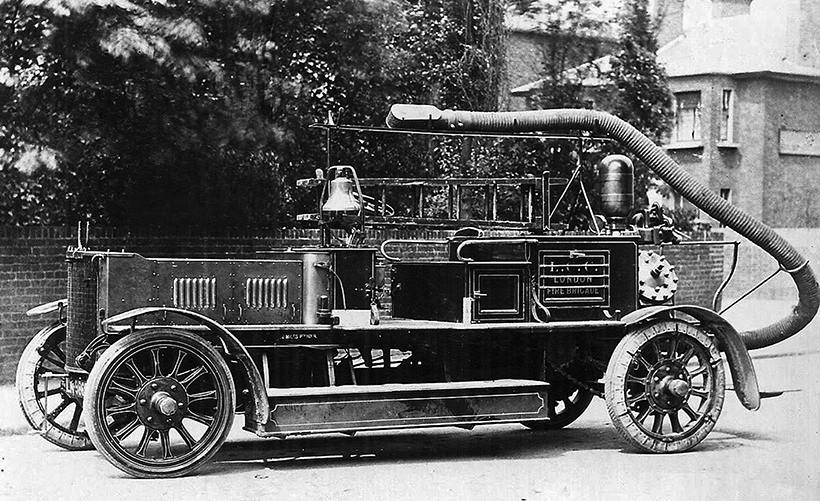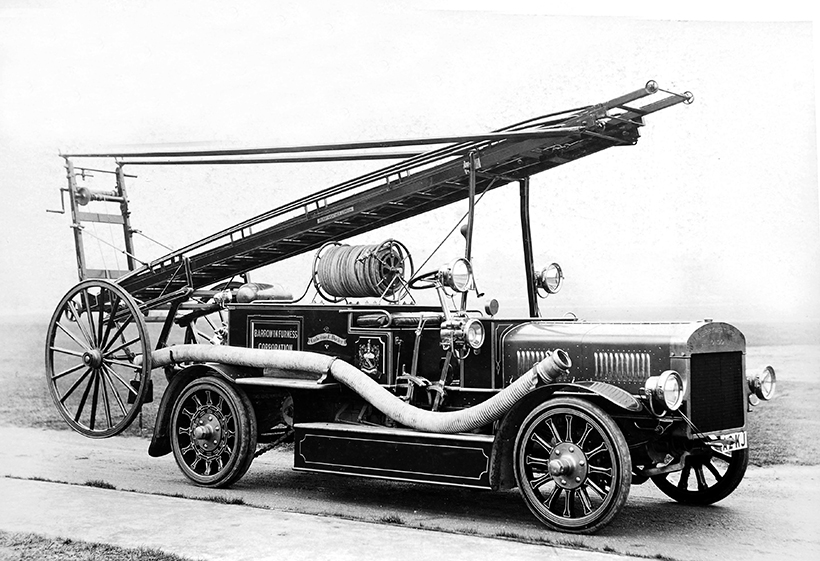Ron Henderson explains the early years in the history of one of the best-known fire appliance manufacturers, Merryweather Fire Engines.

Merryweather & Sons of London was the oldest fire engineering firm in the world and, for many years, the largest. The company sold almost every kind of fire fighting equipment, from uniform buttons and helmets to full-size fire engines and fire floats. It was also the pioneer of steam tram locomotives. So comprehensive was its range of products that its 1905 catalogue of fire-fighting equipment and industrial pumps, ran to 436 pages!

In the beginning
The foundation of the company can be traced back to around 1690, when Nathaniel Hadley established a coachbuilding firm at Cross Lane in London, later leaving the business in the hands of his son. In 1738, he built a new factory on the corner of Bow Street and Long Acre in London, and this is where he built his first fire engine. Subsequently, a master plumber, Charles Simpkin, and an apprentice, Henry Lott, were employed, both later becoming partners in the firm, and the company name changed to Hadley, Simpkin and Lott.

Lott’s nephew by marriage, Mr Moses Merryweather, was apprenticed to the firm in 1807, and married Lott’s niece in 1836. Moses was to take over the running of the firm and, with three of his sons being employed by the firm after serving apprenticeships with other engineering companies, the name Merryweather & Sons evolved. The youngest son, Henry was prominent in introducing steam tramway power. Unfortunately, two of the sons died at young ages, but the second son James Compton Merryweather (JCM), who joined the company in 1864, became the head of the firm, and lived to a ripe old age.
It was JCM who brought new prosperity to the company, leading developments that introduced a whole range of horse-drawn steam fire engines, which later led to the company producing the first, successful, self-propelled steam motor fire engine, followed by the first, petrol-driven combination fire engine with pump.

New factory opened
In 1862, the Long Acre premises couldn’t be expanded any further, occasioning the opening of a factory in York Street, Lambeth. This was used chiefly for making steam fire engines. In 1873, the Long Acre premises were ignominiously demolished by a fire that originated in the carpenter’s shop. When it was rebuilt, the extended orders were so prolific that both factories were found to be inadequate, and a third unit was acquired in Greenwich Road, where the steam tramway industry was concentrated. It was then possible to close the two earlier factories, in 1879.
The Greenwich premises remained the headquarters and production plant of the firm right up until 1980 and, from here, many developments and improvements to Britain’s fire engines were pioneered, especially the transition from horse-drawn equipment to self-propelling motors. Merryweather’s products were sent all over the world. In fact, apart from what would become the United States of America, the company’s products were sent to almost every developed country, even Russia.

Merryweather’s pioneering, steam-driven Fire King was the first successful motor fire engine. Mauritius, an island nation in the Indian Ocean, was the first country to make the bold transition from horse-drawn traction to motor traction for its fire engines, commissioning the first Fire King in 1899. In Britain, the first customer was Leyland in Lancashire, a town that would soon feature as a major rival fire engine builder.
Petrol-power arrives
The self-propelled steam fire engine came at a time when the internal combustion engine was becoming more reliable and efficient and, ever conscious of the need for improvements, Merryweather’s developed the first successful petrol motor fire engine, after experimenting with private motor cars for family members and affluent overseas customers. The company’s first petrol motor fire engine was built for Tottenham Council, with the next four going to overseas customers.

These early machines didn’t have pumps, but carried a chemical fire extinguisher and an assortment of ladders. The fifth motor fire engine, built in April 1904 to the order of Lord Rothschild for use on his Paris estate, was the first to feature a built-in pump driven from the road engine. The sixth vehicle, for Finchley, was a comprehensive combination machine featuring a built-in pump, ‘first aid’ water supply and rescue ladders. This became the forerunner of a long line of innovative fire engines, which would see the company continue to be represented throughout the world for the next eight decades.

For a money-saving subscription to Vintage Roadscene magazine, simply click here

